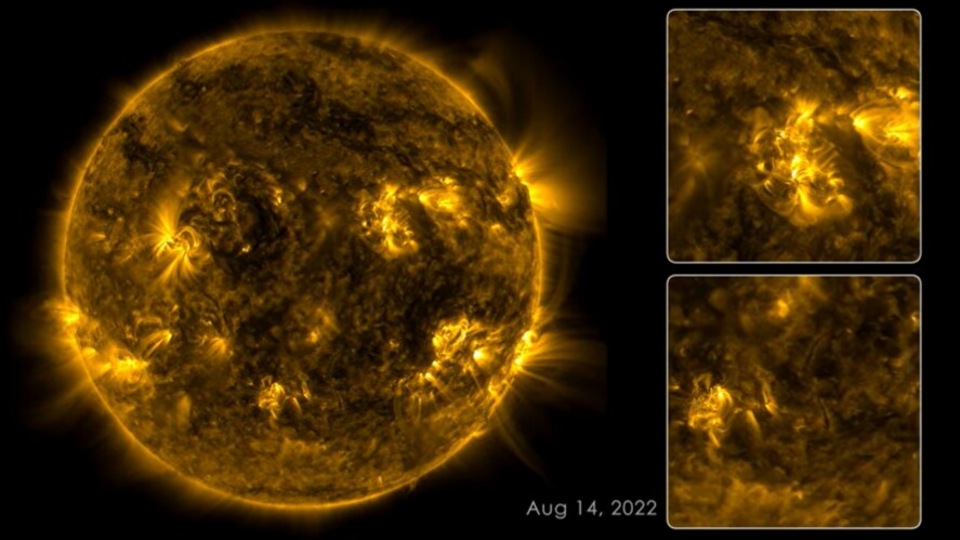133-day Sun trip! Take the journey with NASA and see what happens. Watch
This NASA video takes you on a 133-day Sun journey! NASA’s SDO chronicles four months of solar activity in a 59-minute video. Watch now.






 View all Images
View all ImagesAfter the launch of Solar Dynamics Observatory (SDO) on February 11, 2010, NASA has kept an unwavering eye on the Sun. SDO studies how solar activity happens and drives space weather. The spacecraft's measurements of the Sun's interior, atmosphere, magnetic field, and energy output all work to help us understand the star we live with. Now, NASA's SDO has shared a video which chronicles solar activity for 133 days from August 12 to December 22, 2022. The time-lapse video shows the Sun's outermost atmospheric layer - the corona. You can come on this trip too, just watch the NASA Sun video.
NASA says that the SDO has provided unprecedented views of the Sun, which allows scientists to observe several activities of our star such as solar flares, coronal mass ejections (CME), and other solar phenomena in depth. This collected data by SDO has been used to improve the understanding of the Sun's influence on Earth's climate and environment. It also helps to better predict the effects of climate change. The time-lapse video of the sun also brings a clear view of the bright active regions passing across the face of the Sun as it rotates. The Sun rotates approximately once every 27 days.
How NASA's SDO managed to capture 133 days long activity of Sun
NASA explained that “with a triad of instruments, SDO captures an image of the Sun every 0.75 seconds. The Atmospheric Imaging Assembly (AIA) instrument alone captures images every 12 seconds at 10 different wavelengths of light.” So, during the time period of 133 days, SDO's instruments have taken photos at a wavelength of 17.1 nanometers. While compiling images taken 108 seconds apart, the video condenses 133 days which is about four months of solar observations into a 59-minute video.
Did you know?
NASA's SDO transmits around 1.4 terabytes of data to the ground every day due to an unblinking eye pointed toward the Sun! Yet, there have been a few moments it missed. While sharing the video, the space agency also said that “SDO and other NASA missions will continue to watch our Sun in the years to come, providing further insights about our place in space and information to keep our astronauts and assets safe.”
Catch all the Latest Tech News, Mobile News, Laptop News, Gaming news, Wearables News , How To News, also keep up with us on Whatsapp channel,Twitter, Facebook, Google News, and Instagram. For our latest videos, subscribe to our YouTube channel.
































